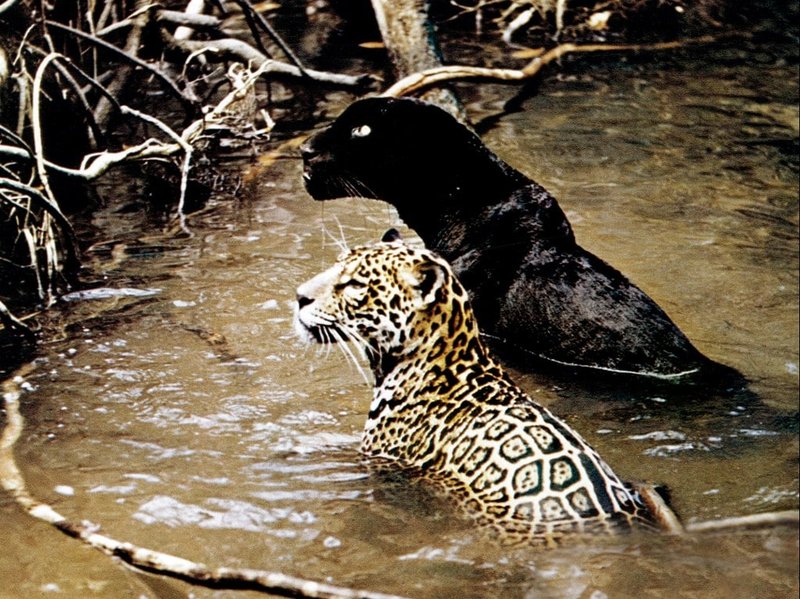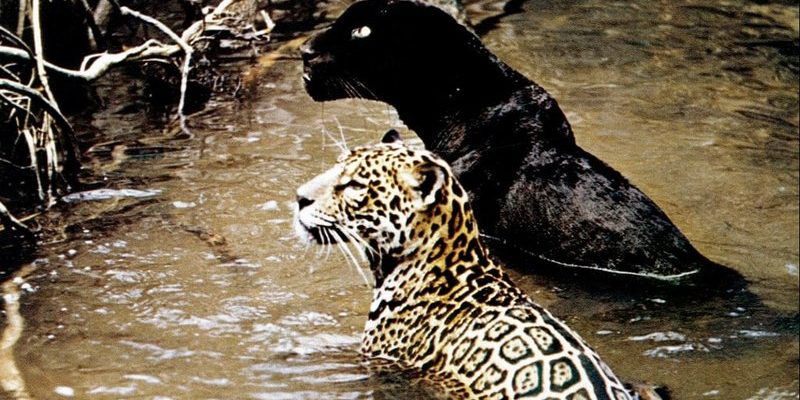
Think of the jungle cat as a symbol that weaves its way through stories, myths, and art, much like a thread in a tapestry. These features not only showcase the cat’s beauty but also reflect human fears, respect, and reverence toward nature. From the ancient texts of India to modern-day films, the jungle cat has made quite an impression. So, let’s delve into how this fascinating creature is represented in various cultures and traditions.
The Jungle Cat in Ancient Mythology
You might be surprised to learn that the jungle cat has a strong presence in ancient mythology, particularly in regions like India. In Hindu mythology, for example, the jungle cat is often linked to various deities and is seen as a symbol of grace and agility. This connection reflects the animal’s ability to move through dense vegetation with remarkable stealth.
Some stories depict the jungle cat as a protector, embodying the qualities of cunning and independence. People often viewed these felines as guides in the natural world, utilizing their keen instincts to survive. The jungle cat’s unique ability to thrive in varying environments adds layers to its symbolism in these ancient narratives. It becomes not just an animal, but a representation of adaptability and strength.
In Egyptian mythology, while the more prominent cats like the lion and the domestic cat take center stage, the jungle cat too played its role. Its wild spirit and undeniable prowess would often be associated with the goddess Bastet, who represented fertility and the domestic aspects of life. While the jungle cat might not always be the star of the show, its contributions to these ancient cultures can’t be understated.
Folklore and Local Legends
Folklore surrounding the jungle cat can vary widely from one region to another. In many rural communities, stories of jungle cats are intertwined with cautionary tales. These cats are often seen as tricksters, embodying both beauty and danger. People tell tales of the jungle cat’s ability to evade hunters and outsmart traps, showcasing its intelligence and cunning nature.
Take, for example, a tale where the jungle cat outwits a group of hunters. Time and time again, it escapes their clutches, leading to stories that celebrate its cleverness and stealth. Such narratives do more than entertain; they also instill a sense of respect for these creatures. In a world where humans often dominate, stories like these remind us of the wild’s power and resilience.
In some cultures, the jungle cat’s mating calls have even inspired romantic tales, symbolizing love and connection. The way these cats communicate—through howls and yowls—has been woven into local myths about love’s playful chase. It’s fascinating how a simple sound can transform into a poetic representation of affection in human storytelling.
Symbolism in Art and Literature
Artists and writers have long been captivated by the jungle cat. Its elegant form and mysterious demeanor make it a compelling subject in various art forms. In paintings, these cats are often depicted prowling through moonlit landscapes, embodying a sense of mystery and allure. The jungle cat becomes more than just a wild animal; it symbolizes freedom and the raw beauty of nature.
In literature, the jungle cat appears in both children’s tales and adult novels, often symbolizing adventure and exploration. For example, a character embodying the jungle cat’s traits could be someone who navigates challenges with grace and agility. Readers are drawn to these characters, as they reflect the qualities they admire in themselves or wish to develop.
Poets have also celebrated the jungle cat, using its image to evoke feelings of wildness and untamed beauty. Its representation often embodies themes of duality—freedom versus captivity, wildness versus domestication—making it a powerful symbol in various literary works. When you read about a jungle cat, you’re often invited to reflect on your relationship with nature and the wild aspects of life.
The Jungle Cat in Modern Media
Fast forward to modern times, and the jungle cat continues to make its mark, especially in film and television. Documentaries showcase these cats’ natural behavior, highlighting their adaptability and role in ecosystems. Such programming contributes to the public’s understanding of wildlife and reinforces the need for conservation efforts.
Animated films sometimes portray jungle cats as brave and cunning characters, often in a jungle setting. These portrayals help convey important messages about respect for wildlife and the importance of living in harmony with nature. When kids watch these films, they’re not only entertained but also educated about the fascinating world around them.
Social media also plays a role in the jungle cat’s representation today. Content creators often share stunning photos and videos of these animals in their natural habitats, bringing awareness to their existence and the threats they face. This modern approach fosters a sense of connection with nature, encouraging people to appreciate and protect wildlife.
Conservation and Cultural Significance
The cultural representation of the jungle cat highlights its significance beyond mere survival. Unfortunately, habitat loss and poaching threaten their populations. The stories and myths surrounding these cats often inspire local communities to preserve their habitats and protect these wild animals.
Many organizations focus on wildlife conservation to ensure that the jungle cat continues to play its essential role in the ecosystem. By educating locals about the jungle cat’s cultural significance, these organizations foster a sense of stewardship, encouraging efforts to protect their environments.
Moreover, the jungle cat serves as a reminder of the intricate connection between humans and nature. The stories we tell and the art we create about these animals can inspire action. When we see the jungle cat not just as a creature of the wild but as a symbol of resilience, we are reminded of our responsibility to safeguard their future.
The jungle cat is more than just a shadowy feline roaming the jungles; it’s a powerful symbol that resonates across cultures and generations. From ancient myths to modern media, its representation reveals how we connect with the natural world. The stories we tell about the jungle cat reflect our respect for nature’s mysteries and the balance we must maintain.
In a time where wildlife faces significant threats, understanding the jungle cat’s cultural significance can inspire us to take action. By appreciating these magnificent creatures, we become advocates for their protection and champions of the ecosystems they inhabit. So, the next time you think of cats in the wild, remember the jungle cat and the rich tapestry of stories it weaves through our cultures.

